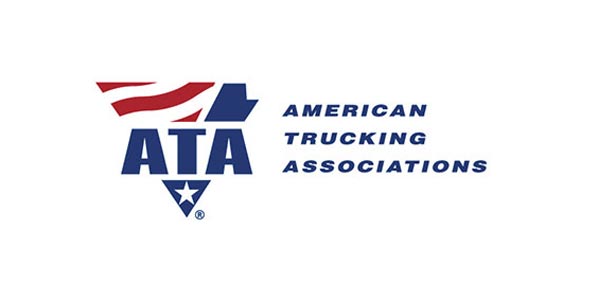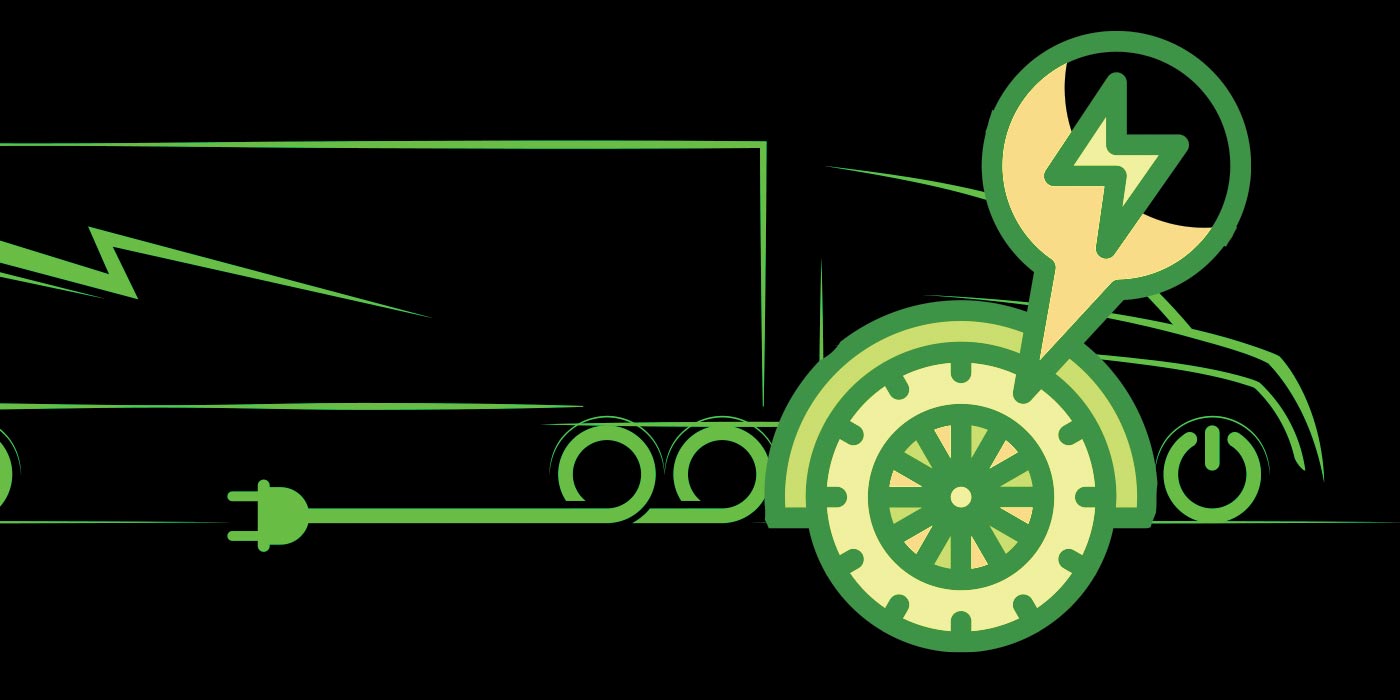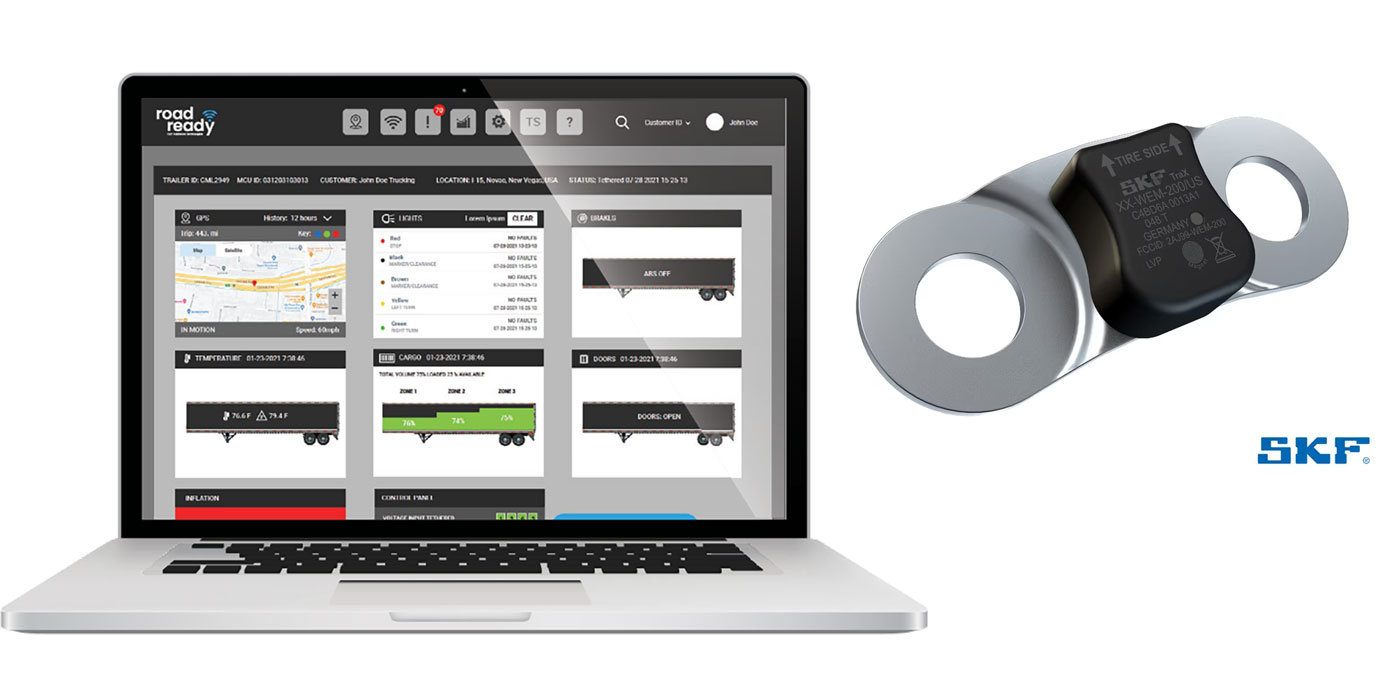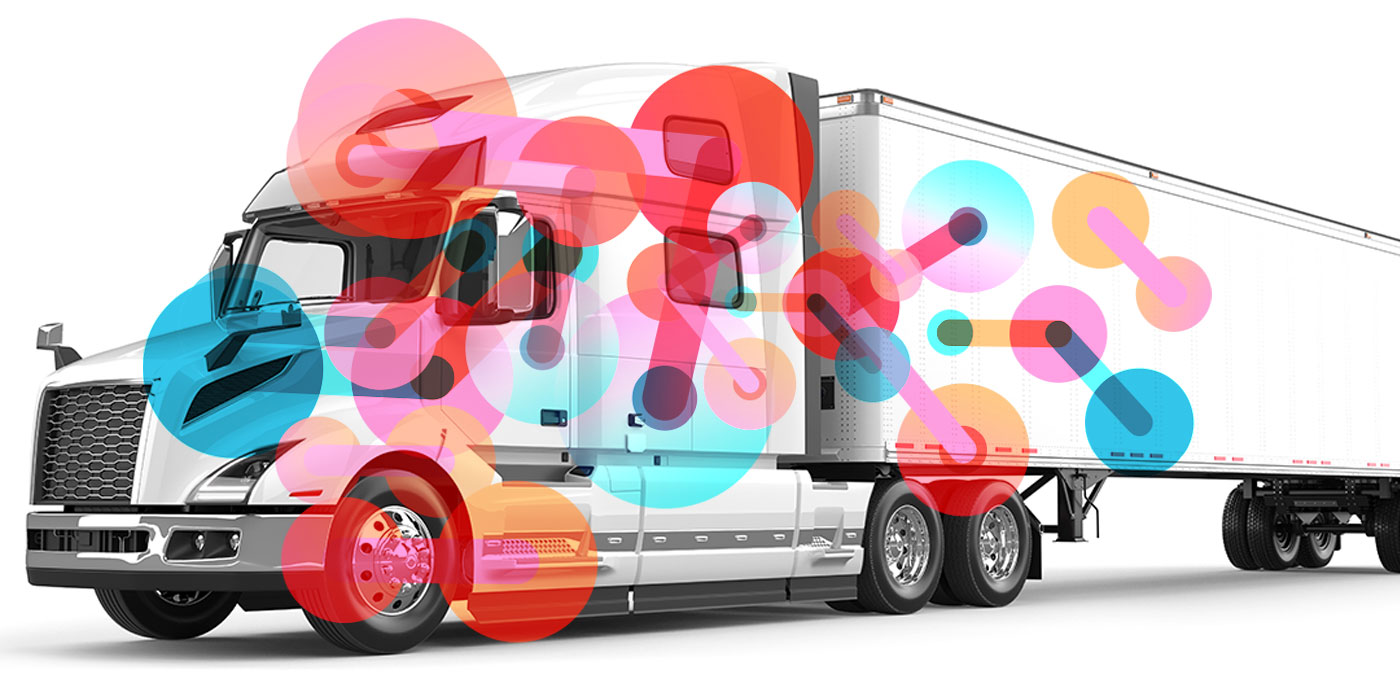Dave Manning, chairman of the American Trucking Associations (ATA), has only a few short weeks left in that role until a new chairman is chosen at the ATA Management Conference and Exhibition (MCE), Oct. 27-31. As Manning closes in on the end of his tenure, he went over seven major issues that ATA is prioritizing, both now and in the future, in a speech on Oct. 9.
1) Federal preemption for interstate commerce
“It’s impossible for trucks to operate interstate commerce if every city or state on municipality can have laws that trucking companies don’t even know about and wouldn’t have an opportunity to comply with,” Manning said.
One example Manning cited is trying to adjust California law that requires multiple meal and rest breaks; federal regulations only require one
Manning said the current plan is to bring this issue before the Secretary of Transportation, Elaine Chao, who has the power to invalidate the rule.
2) Trade
“Trade happens to be an issue that we don’t agree with this administration on,” Manning said. “We spend a lot of time tying to make sure that the administration understands that trucking and trade are synonymous with each other, and that if you mess with trade, you mess with trucking.”
3) Autonomous vehicles
“Our message on autonomous is pretty simple: it’s that it’s driver assist, not driverless,” he said.
Manning went on to compare future trucks to air travel: yes, you have autopilot functions, but “you want to see two trained, experienced pilots in the cockpit, not two computers. And the same thing is true of trucking. Turning a steering wheel is only a small part of what a driver does during the tour of duty.”
“We also want to make sure that we have a seat at the table,” he added. “So far, the legislation that has gone through Congress does not include commercial vehicles in that language, so we’re working hard to make sure any federal regulations not only deal with private vehicles, but with commercial vehicles as well.”
4) Independent contractors
“Independent contractors make up a significant portion of our drivers,” Manning said. “But what the state Departments of Labor are saying is that those aren’t independent contractors, those are employees, and those companies owe back taxes on those employees. Hundreds of millions of dollars in fines have been levied against companies who use independent contractors. Independent contractors choose to be independent, and we need to allow them to be able to remain that way.”
5) Hours of Service and ELDs
“Paper logs allowed for some flexibility, but ELDs do not, and so our safety policy committee has been working on some tweaks, and we think it would make hours of service more flexible, and allow drivers to rest when they feel the need to rest, not necessarily when the government is telling them to,” Manning noted.
6) Dealing with the driver shortage
Manning outlined three moves with potential to help alleviate the driver shortage: first, working with state Departments of Labor to make sure trucking is one of the industries unemployed people are being pointed toward; second, to do a better job of communicating that not every truck driving job is long-haul; and third and most importantly, to lower the age requirement for a CDL to 18.
7) Infrastructure funding
“We have an infrastructure funding task force that advocates on behalf of our industry, and advocates fuel tax as the most efficient way of funding transportation infrastructure,” Manning said.
“There’s a cost of doing nothing–there’s a cost of congestion, of accidents because of unsafe roads, of pothole-type damage,” he added. “In fact, the cost of doing nothing actually exceeds the cost of investing in our infrastructure. For the average motorist, the cost per year is about $1500 a year for collisions, congestions, accidents and pothole-type damage. A 20 cent per gallon increase in the fuel tax is less than $100 a year for the average motorist. Pales in comparison to the cost of doing nothing.”
Manning acknowledged that with midterm elections coming up, these last two points are, realistically, goals for 2019 rather than 2018.













